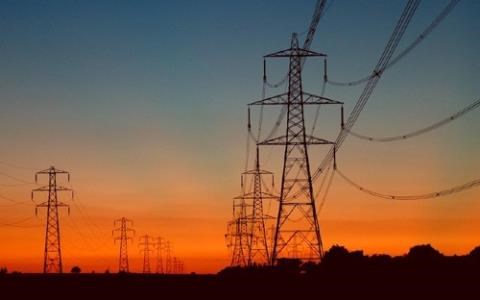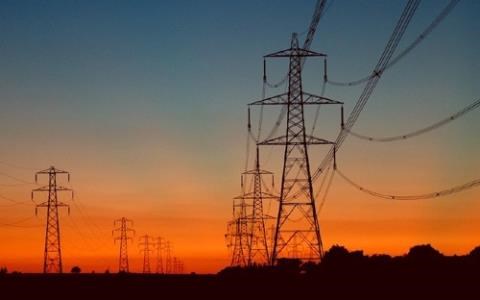



Illustrative photo (Source: Internet)
Daovong Phonekeo, head of the Office
of the Lao Ministry of Energy and Mines told Vientiane Times that the two sides
will sign a Memorandum of Understanding (MoU) this week, allowing Myanmar
authorities to initiate a feasibility study.
Myanmar wants to purchase about 100-200 MW, but that will depend on the results
of their feasibility study, Daovong said.
Daovong said Laos would supply electricity to Myanmar through its northern
power grids. "If everything progresses as planned, we expect to start
selling electricity to Myanmar by the end of this year or the beginning of next
year."
Laos currently sells only 4-5 MW to Myanmar, which is a very small amount, and
the two nations aim to increase it in the near future.
According to a report from Myanmar media on January 13, Myanmar has adopted a
National Electrification Plan under which it is planned that power will be
available nationwide by 2030.
Laos has huge potential in hydropower, which can further drive economic growth.
The country currently has 46 power plants with a designed capacity of 6,757 MW,
generating about 35,608 GWh of electricity annually, said the Vientiane Times.
According to the Ministry of Energy and Mines, Laos is expected to generate
10,000 MW of electricity by 2020 and 20,000 MW by 2030, which will be far
exceeding domestic demand.
In September last year, Laos signed a tripartite electricity-trading agreement
with Thailand and Malaysia to sell 100 MW of electricity to Malaysia using
Thailand's power transmission network. The delivery will begin on August 1,
2018.
On January 15, Laos and Myanmar inked three MoUs on bilateral cooperation in
electricity, science-technology and corruption prevention as part of Lao PM
Thongloun Sisoulith’s visit to Myanmar at the invitation of Myanmar President U
Htin Kyaw.
Sharing 230km of border, Laos and Myanmar set up their diplomatic relations in
July 1955. Both countries joined the Association of Southeast Asian Nations
(ASEAN) in 1997. However, statistics showed that their two-way trade still
remained modest.
Source: VNA